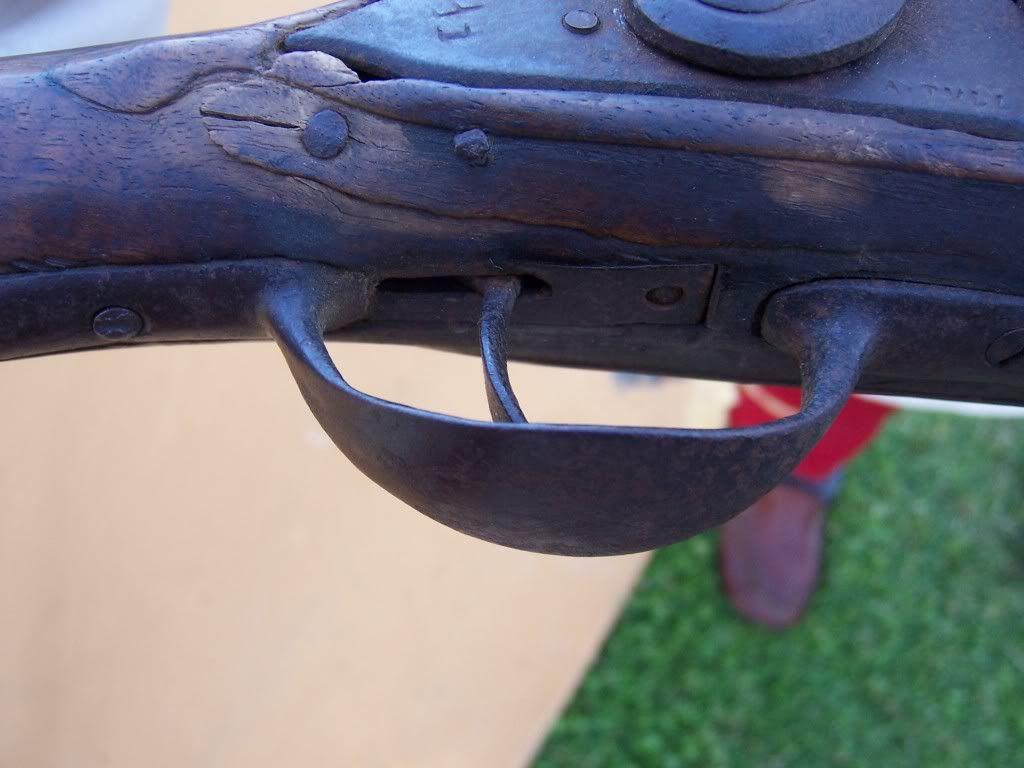Anyone know of another place to get one of these trigger plates? It's been on back order from TOTW since 8/20. Got about everything done on my Tulle kit that I can without it. Looked at MLBS and PRS and didn't see this type which is the correct type and my stock is pre inletted for.
 [/img]
[/img]







